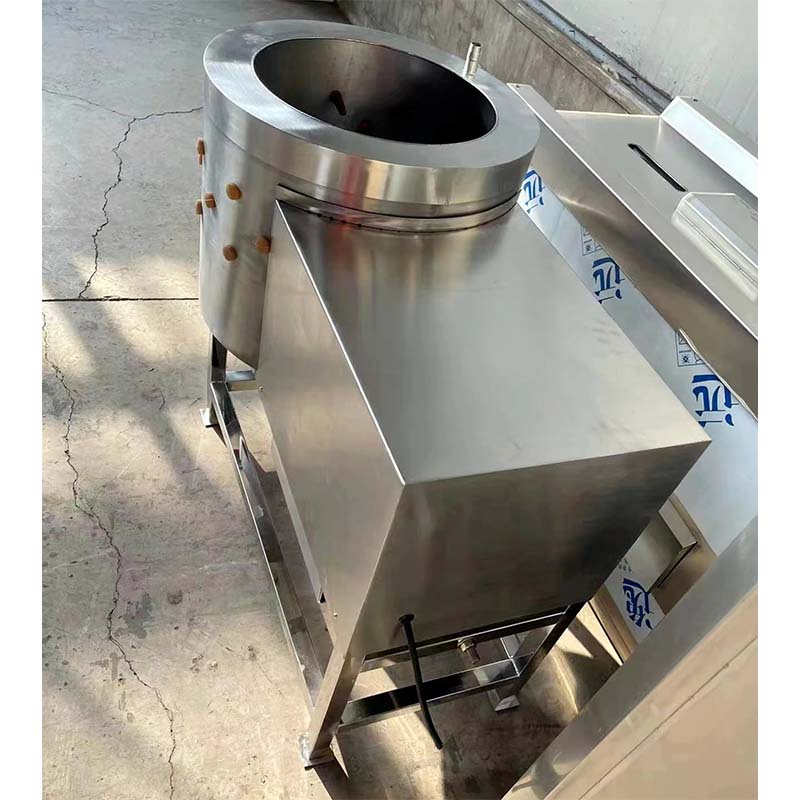Exploring Advanced Fish Feed Manufacturing Equipment for Efficient Aquaculture Solutions and Sustainable Practices
Aug . 13, 2024 00:32 Back to list
Exploring Advanced Fish Feed Manufacturing Equipment for Efficient Aquaculture Solutions and Sustainable Practices
The Importance of Fish Feed Processing Machines in Aquaculture
In the rapidly growing aquaculture industry, the demand for high-quality fish feed has never been more critical. As the consumption of fish continues to rise globally, the need for efficient and effective fish feed processing machines becomes paramount. These machines play a vital role in producing nutritious and easily digestible feed that meets the nutritional requirements of various fish species.
The Role of Fish Feed Processing Machines
Fish feed processing machines are specialized equipment designed to manufacture fish feed pellets. The technology behind these machines has evolved significantly over the years, incorporating advanced methods to improve the quality of feed while optimizing production efficiency. The primary function of these machines is to mix, extrude, and pelletize ingredients to create balanced and palatable feed for fish.
The processing begins with the selection of raw materials, which may include fish meal, soybean meal, grains, and various vitamins and minerals. These ingredients need to be grounded and mixed thoroughly to ensure a uniform distribution of nutrients. Modern fish feed processing machines utilize high-capacity mixers and grinders that can handle large volumes of ingredients, ensuring consistent quality.
Once the mixture is ready, it undergoes the extrusion process. This is a critical step where the feed is subjected to heat and pressure, converting the raw mixture into a dense, pelletized form. Extrusion not only enhances the digestibility of the feed but also kills harmful pathogens and reduces anti-nutritional factors. The extruded pellets can then be shaped, cooled, and dried, resulting in a product that is ready for packaging and distribution.
Benefits of Automated Fish Feed Processing
The automation of fish feed processing machines has revolutionized the industry. Automation increases production output and ensures the consistency of feed quality. Advanced control systems allow manufacturers to monitor and adjust parameters in real-time, making it easier to achieve specific nutrient profiles and pellet sizes tailored to different fish species.
fish feed processing machine

Additionally, automated systems reduce labor costs and minimize human error, leading to more efficient production lines. This is especially important in large-scale operations, where consistency in feed quality can significantly impact fish growth rates and overall health.
Moreover, modern machines are designed with energy efficiency in mind, utilizing innovative technologies to reduce energy consumption during production. This not only lowers operational costs but also aligns with the growing emphasis on sustainable aquaculture practices.
Environmental Considerations
As the aquaculture industry strives for sustainability, fish feed processing machines are also evolving to meet environmental challenges. The industry is seeing a shift towards using alternative protein sources, such as insects and algae, which can be incorporated into feed formulations. Processing machines are being adapted to handle these new ingredients and ensure that they are effectively integrated into the final product.
Furthermore, by producing high-quality feed with minimal waste, these machines contribute to reducing the environmental impact of aquaculture. Efficient feed conversion ratios mean that less feed is required to achieve the same growth results, ultimately leading to a smaller ecological footprint.
Conclusion
Fish feed processing machines are integral to the success of the aquaculture industry. They enhance the efficiency of feed production, ensure high-quality nutritional content, and support sustainable practices. As the demand for fish continues to grow, the importance of advanced fish feed processing technology will undoubtedly play a crucial role in shaping the future of aquaculture, helping to meet both consumer needs and environmental goals. Embracing innovation in this field is essential for a thriving and sustainable aquaculture sector.
-
Hot Sale 24 & 18 Door Rabbit Cages - Premium Breeding Solutions
NewsJul.25,2025
-
Automatic Feeding Line System Pan Feeder Nipple Drinker - Anping County Yize Metal Products Co., Ltd.
NewsJul.21,2025
-
Automatic Feeding Line System Pan Feeder Nipple Drinker - Anping County Yize Metal Products Co., Ltd.
NewsJul.21,2025
-
Automatic Feeding Line System - Anping Yize | Precision & Nipple
NewsJul.21,2025
-
Automatic Feeding Line System - Anping Yize | Precision & Nipple
NewsJul.21,2025
-
Automatic Feeding Line System-Anping County Yize Metal Products Co., Ltd.|Efficient Feed Distribution&Customized Animal Farming Solutions
NewsJul.21,2025






